Top 5 UNESCO World Heritage Sites in Canada
The Top Five Canadian World Heritage Sites are really all about unparalleled nature parks and majestic structures. There are a total of seventeen heritage sites listed for Canada, and all of them are definitely must-sees for anyone looking for an adventure.
Rocky Mountain Parks
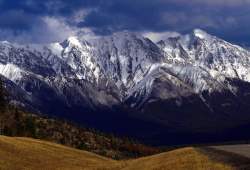
Located in Alberta and British Columbia, the exceptional features of the rocky mountains comprise of high peaks, lakes, glaciers, canyons, waterfalls, and limestone caves. This is also where you can find the famous Burgess Shale Formation, which is known as one of the world’s most valuable fossil fields.
Thanks to its natural beauty and the fact that it is home to a vast number of species that are rare and endangered, the Rocky Mountains finally got into the list of UNESCO World Heritage Sites in 1984.
Red Bay Basque Whaling Station
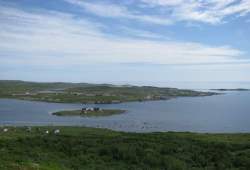
This is one of the newest UNESCO World Heritage Sites in Canada, which became number 17 on the list last 2013. It’s story, however, dates back to the 16th century, when it was created by Basque mariners for whaling activities, such as for gathering whale oil to be shipped to Europe for lighting.
It is, in fact, Europe’s strongest indicator of its past whaling traditions. The station also happens to be the gateway for underwater archaeological sites since ancient vessels were discovered in these parts.
Dinosaur Provincial Park
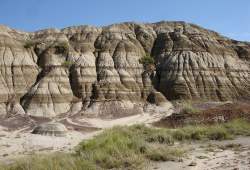
Around 48 kilometers northeast of Brooks, and within the Red Deer River valley is the Dinosaur Provincial Park, a UNESCO World Heritage Site since 1979. The park is quite known for being one of the world’s richest fields of dinosaur fossils, give
n that over forty species of dinosaurs have been discovered in these badlands.
These finds are represented by over 500 specimens that vary from the smallest ferns to the largest carnivores that are now displayed in various museums and exhibits.
Gros Morne National Park
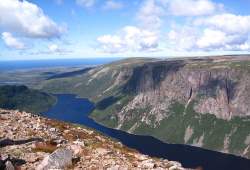
Perhaps one of the best illustrations of the earth’s continental drift, Gros Morne National Park’s value is in its geology, which paved way to many discoveries on tectonic plates and the different processes of geological evolution. This was more than enough to have it declared a UNESCO World Heritage Site in 1987. But as a national park it is home to many species of wildlife, among which include the moose, black bear, red fox, snow shoe hare and red squirrel. It is also home to a vast number of bird species.
Thanks to its landscape, Gros Morne is also a popular hiking spot, with over 20 identified hiking trails which either traverse the coast or the interior of the park.
Joggins Fossil Cliffs
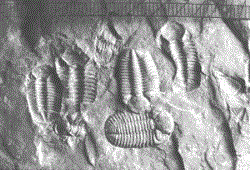
The Canadian rural community located at the western parts of Cumberland County, Nova Scotia, is home to the Joggins Fossil Cliffs, a designated UNESCO World Heritage Site since 2008. As a paleontological site, it is known for its complete record of terrestrial fossils, specifically of the Carboniferous period.
The record includes, among others, tracks of the animals as well as the rainforests that used to exist in those parts.
















